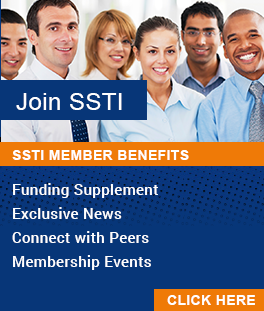workforce
Incentives in the Public Sector: Evidence from a Government Agency
The paper addresses a lack of evidence on the impact of performance pay in the public sector by
evaluating a pilot scheme of incentives in a major government agency. The authors focus on three main issues: whether performance pay matters for public service workers; what the team basis of the scheme implies; and the impact of the differential measurement precision.
Labour Market Deepening in the Indian Information Technology Industry:
An Exploratory Analysis
The authors hope to provide a tentative
understanding of the processes that have been important for the evolution of the information technology (IT) labour market in India. The paper analyses NASSCOM and National Sample Survey data to explore the processes that deepen
the IT labour market in India.
Information Content Of Regional Employment Data For Forecasting Aggregate Conditions
The authors consider whether disaggregated data enhances the efficiency of aggregate employment forecasts. Findings indicate that incorporating spatial interaction into a disaggregated forecasting
model lowers the out-of-sample mean-squared-error from a unvaried aggregate model by 70 percent at a five-year horizon.
Workforce Challenges and Opportunities for the 21st Century: Changing
Labor Dynamics and the Role of Government Policies.
To discuss the impact of demographic and economic trends and the appropriate role for
government in responding to labor force challenges, the Government Accountability Office hosted a forum. While participants debated the extent of future labor shortages and which industries and workers may be affected, they generally agreed that the United States will soon face tight labor markets.
Demand for High-Skilled Workers and Immigration Policy
The paper provides a descriptive analysis of the demand for high-skilled workers using a new firm dataset, the IZA International Employer Survey 2000. Results suggest that while workers from EU countries are mainly complements to domestic high-skilled workers, workers from non-EU countries are hired because of a shortage of high-skilled labour.
Should I Stay or Should I Go?
The survey on Philadelphias college graduates indicates that from a practical standpoint, convincing more non-native college
students to stay is the region’s best way to replenish the thousands of high school
graduates who leave the region for college.
Understanding The Offshoring Challenge
The report from the Progressive Policy Institute (PPI) focuses on offshoring information technology-enabled services. PPI estimates that the new digital economy is enabling as many as 12 million information-based jobs—once considered relatively immobile—to potentially be located virtually anywhere across the globe.
Globalization: Threat or Opportunity for the U.S. Economy?
The paper from the Federal Reserve Bank of San Francisco addresses outsourcing, and discusses free trade, globalization and policies to help U.S. workers.
Workforce Training
The U.S. General Accounting Office study indicates that 23 states reported using employer tax revenues in 2002 to fund their own employment placement and training programs. States invested in a variety of industries, although manufacturing was targeted most frequently.
Workforce Contingent Financial Aid: How States Link Financial Aid to Employment
The report sets forth to better understand the overall efficacy of workforce-aid contingent programs, which assist individuals with education expenses in exchange for work in specified fields or locations. The study demonstrates that few states have examined the effectiveness of these programs.

